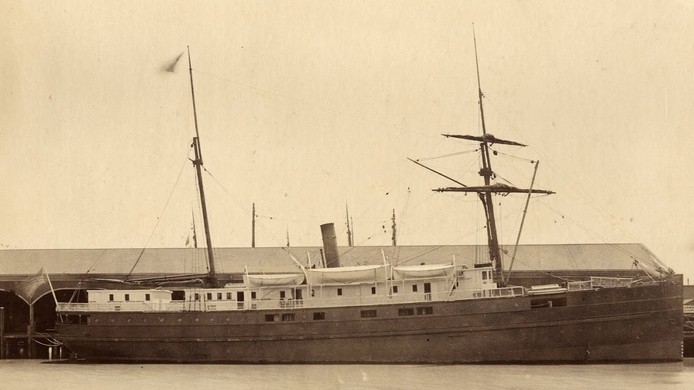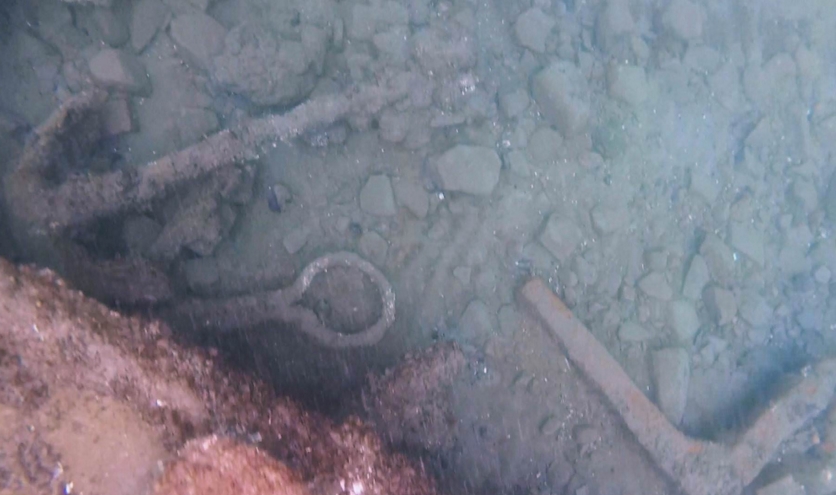
It was built in Belfast, the largest ship of its kind ever constructed. When it left Southampton on April 10, 1912, the RMS Titanic’s New York-bound passengers included some of the wealthiest and well-known people in the world. The band played “The White Star Line March” as an estimated 2,224 men, women and children boarded the ship unaware that in five days, their lives would be changed forever.
The wreck of the Titanic does not lie in a NOAA sanctuary. It was first discovered in 1985, off the coast of Newfoundland, in an expedition co-led by Robert Ballardoffsite link, an explorer with the Woods Hole Oceanographic Institutionoffsite link, a frequent NOAA partner. The ship was split in two and lies at more than 12,000 feet beneath the sea.[xyz-ihs snippet=”adsense-body-ad”]Since the discovery, NOAA’s Office of Ocean Exploration and Research has conducted two field expeditions to the wreck site. NOAA sponsored an 11-day research cruise in June 2003 with two three-person submersibles capable of diving to depths of 6,000 meters, much deeper than the wrecksite.
Three NOAA scientists lead the expedition, along with two archaeologists from the National Park Service, one who had worked on the USS Arizonamemorial in Pearl Harbor. Scientists also looked at microbial communities called rusticles, that consumed much of Titanic’s iron and cling to the wreck like rusty icicles.
In 2004, nearly 20 years after first finding the sunken remains of the RMS Titanic, Ballard returned to help NOAA study the ship’s rapid deterioration.
The team spent 11 days at the site, mapping the ship and conducting scientific analyses of its deterioration from aboard the NOAA Ship Ronald H. Brown. Scientists used remotely operated vehicles to document the Titanic in a way that was not possible in the 1980s. And still plainly in sight on the ocean floor were shoes, bottles and the remnants of the dome of the ship’s grand staircase, artifacts still recognizable more than 100 years later.
870
Cost in 1912 British pounds, about $110,000 today, of a parlor suite on the Titanic.
In 2012, the 100th anniversary year of the ship’s sinking, NOAA again addressed the fate of the fabled ship. Along with the National Park Service, the U.S. Coast Guard, and the International Maritime Organization, NOAA advised all vessels to not dump any trash or other waste in a zone approximately 10 square nautical miles above the wreck.
Video: NOAA Titanic Expedition 2004: Breathtaking Wreck Footage (oceanexplorer.gov)
Also in 2012, Titanic was officially protected by the UNESCO Convention on the Protection of Underwater Cultural Heritageoffsite link, which applies to sunken ships more than 100 years old. Since the U.S. is a member of the convention, NOAA requested submersibles keep away from the Titanic’s deck and divers not to place plaques or other permanent memorials on the wreck, however well-intentioned they might be. Member nations can also seize any illicitly recovered artifacts and outlaw their destruction or sale, and close their ports to any exploration vessels that violate the convention.
Source: NOAA
[content id=”35021″]






